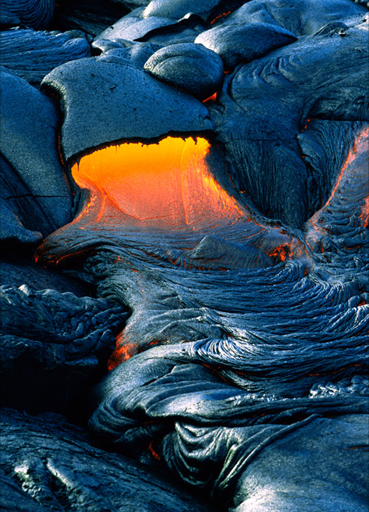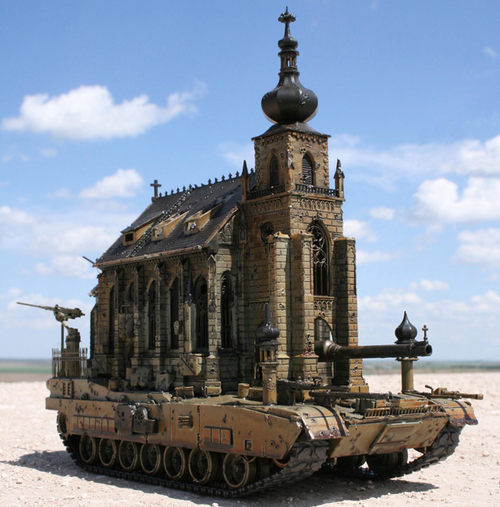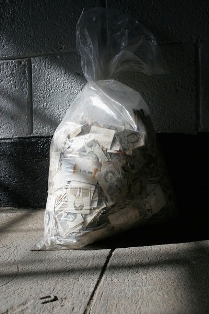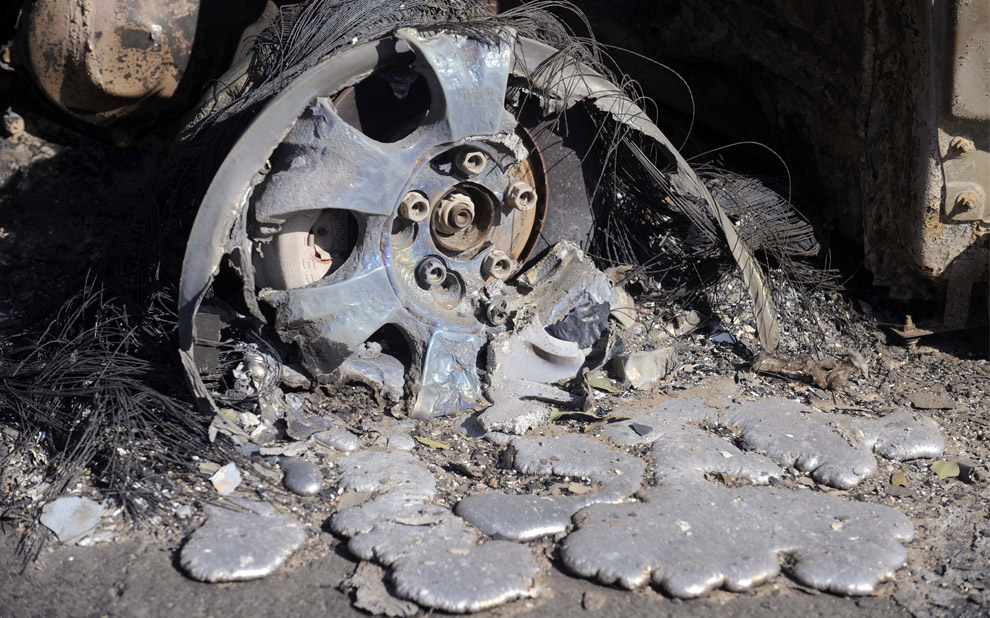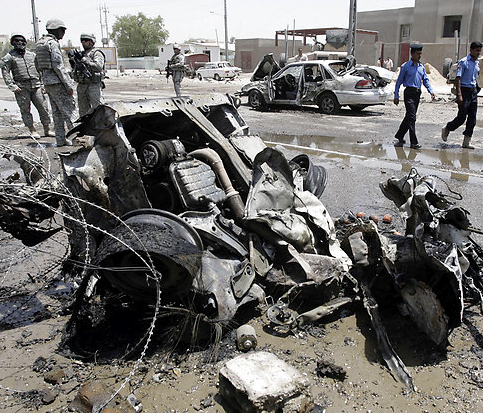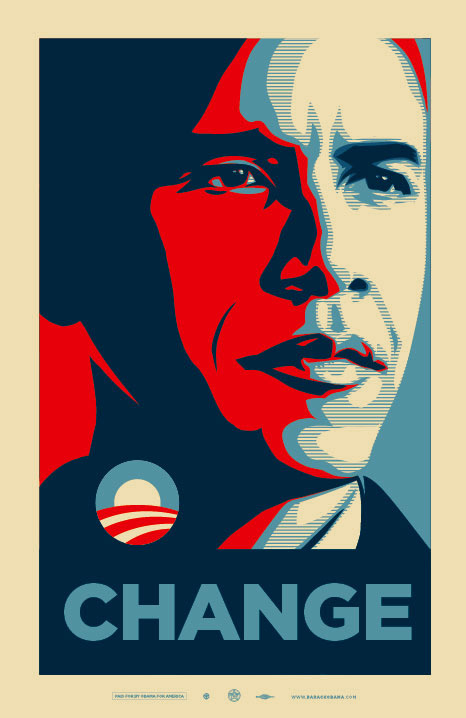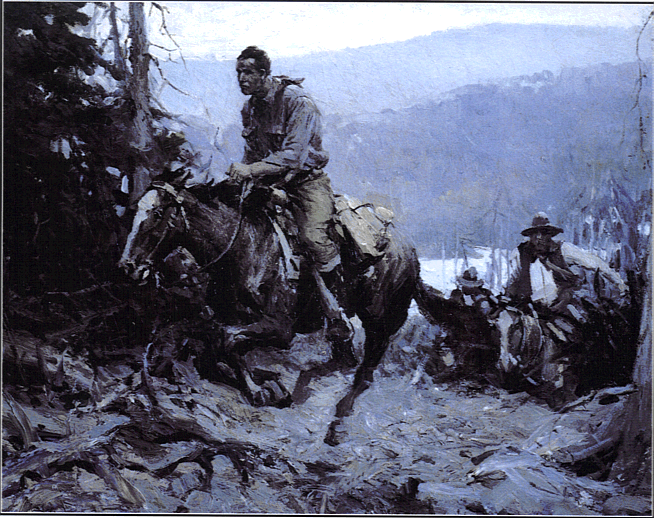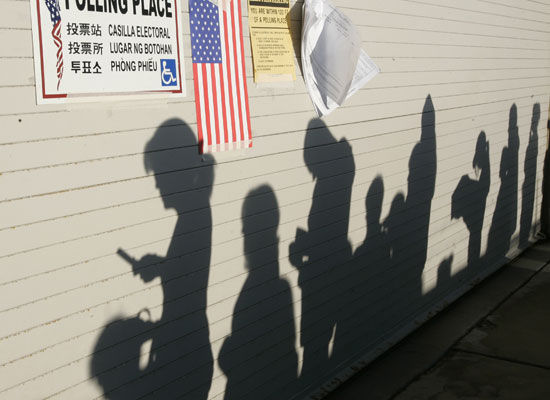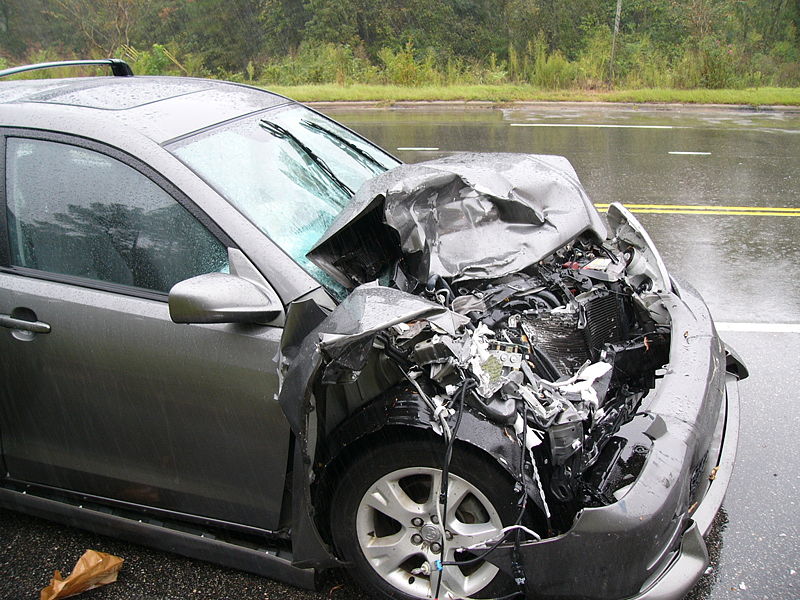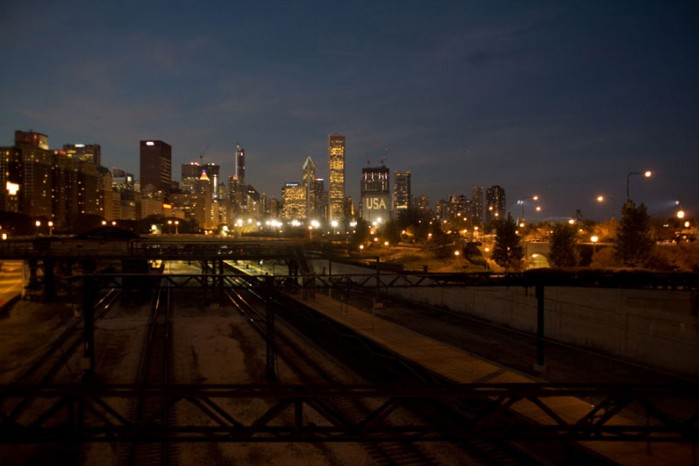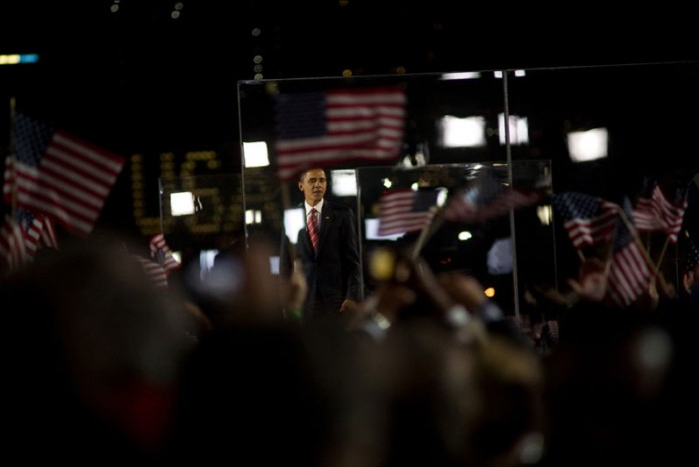The terrorist attack in Mumbai may have been unusual in the scale of the assault and the firepower involved, but it soon was folded back into a familiar succession of images: smoke and fire billowing upwards from tall buildings, trapped individuals looking out of windows for help, soldiers and other emergency personnel converging on the scene, survivors being taken to hospitals, . . . and then images of assailants, victims, grieving families, and candlelight vigils. Now, as the attacks slide into the past for most of the world, we are left with shots of the physical destruction and initial efforts at restoring a sense of normalcy. These, too, are conventional, but I found two of them to be deeply evocative.

You are looking at a room in the Taj Mahal Palace & Tower Hotel in Mumbai. By peering into the rear of the picture, one can pick out security personnel, but they might as well be receding into the vanishing point. This image is the portrait of a room. More precisely, of the wreckage of what was once a room but now has been reduced to space and debris. There is something at once majestic and terribly sad about this ruin. The alternation of light and shadow could be the work of an Old Master, but that aesthetic reclamation only underscores the pathos of other human work having been torn down. The large fixture now laying on the floor near the center of the frame is a globe within a globe–the fitting symbol for how a hotel becomes a small world within the world of the city, itself a sphere within the human cosmos. Terrorism, like its older brother War, tears down worlds.
One small irony behind this poignant image is that the decor of the room before the attack might have struck one as garish or otherwise not to one’s taste. We can afford to be discriminating and judgmental, or inattentive and unappreciative, when things are not disrupted by violence. Amidst the wreckage, we are confronted with larger questions of loss, and so of what really should be loved.
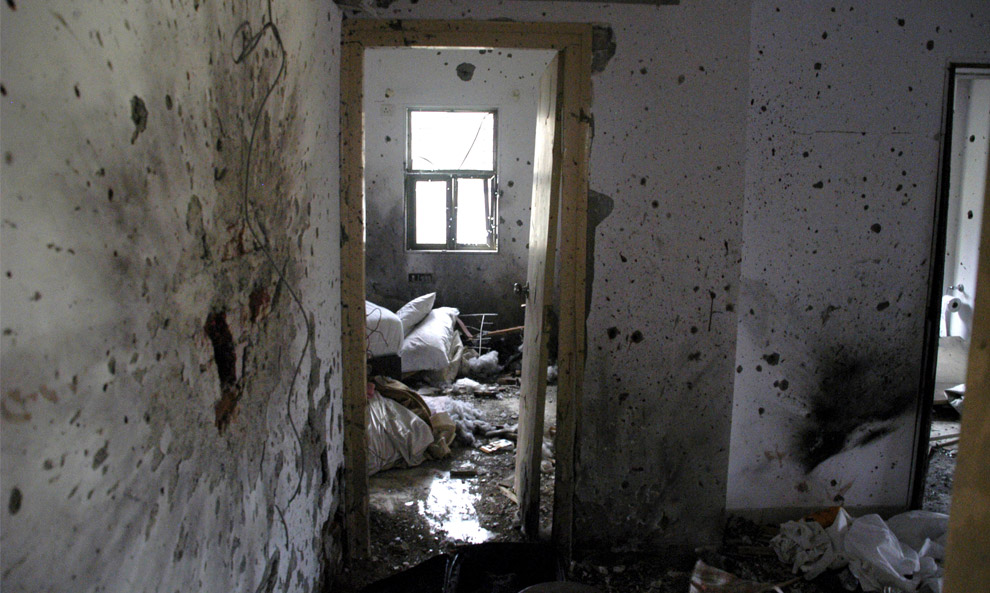
This is an interior view of Nariman House, maintained by the Chabad Lubavitch organization. This image of the devastation caused by combat is perhaps even more disturbing than the one above, as it hits closer to home. Instead of the scale and decor of a grand hotel, we see the small spaces and frame doorways found in houses and apartments. Instead of a massive fixture for a public space, we see bedding and a broken bedframe, and, on the right, even a roll of toilet paper untouched by the carnage. The cumulative effect is awful. In place of what had been a familiar simplicity, there now is only an ugly mess. What should be a place for rest, repose, and taking care of the self, and for dreams, love, and creating a life with others, has been trashed, torn apart, violated.
Terrorism is one of the seeds of war, and like all war, it makes a mess of the world. What takes years of commitment, creativity, and effort can be ruined in minutes. These photographs of devastation remind us that war doesn’t just kill individuals, although that is horrible enough. The real target is civilization itself, that is, the built world that sustains communities, commerce, art, science, politics, friendship, families, and everything else that people find necessary for human life.
Photographs by Julian Herbert/Getty Images and the Associated Press.
0 Comments
